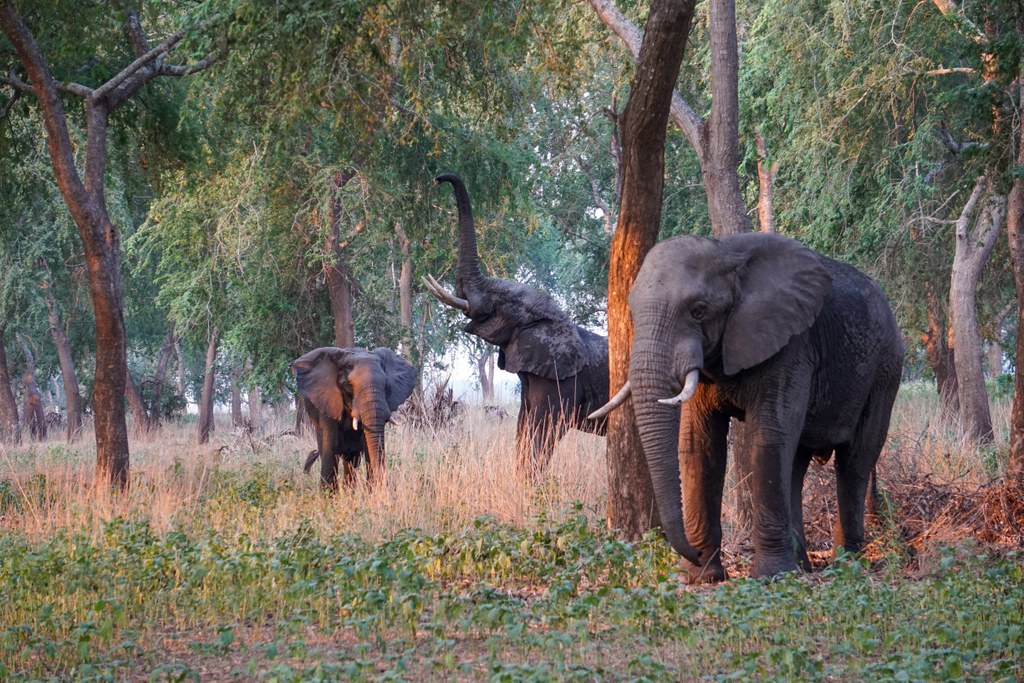
GUEST POST by Emily Scott (Journeys with Purpose crew member), with Blue Sky Society Trust
Africa without wildlife is hard to imagine until you see it. Driving through Mozambique’s Gilé National Reserve, which has been poached to the edge of existence, was the first time I saw how that tragic future could look. I realised how delicately the continent’s wildlife is teetering on the brink.
Travelling as part of the Trust’s Journeys with Purpose (JWP) expedition, our five-woman team hoped to help change that reality. We drove 2,113 km over 17 days in support of Mozambique’s threatened wildlife. We saw for ourselves the important role that tourists can play in bolstering the incredible efforts of committed conservationists in Africa.
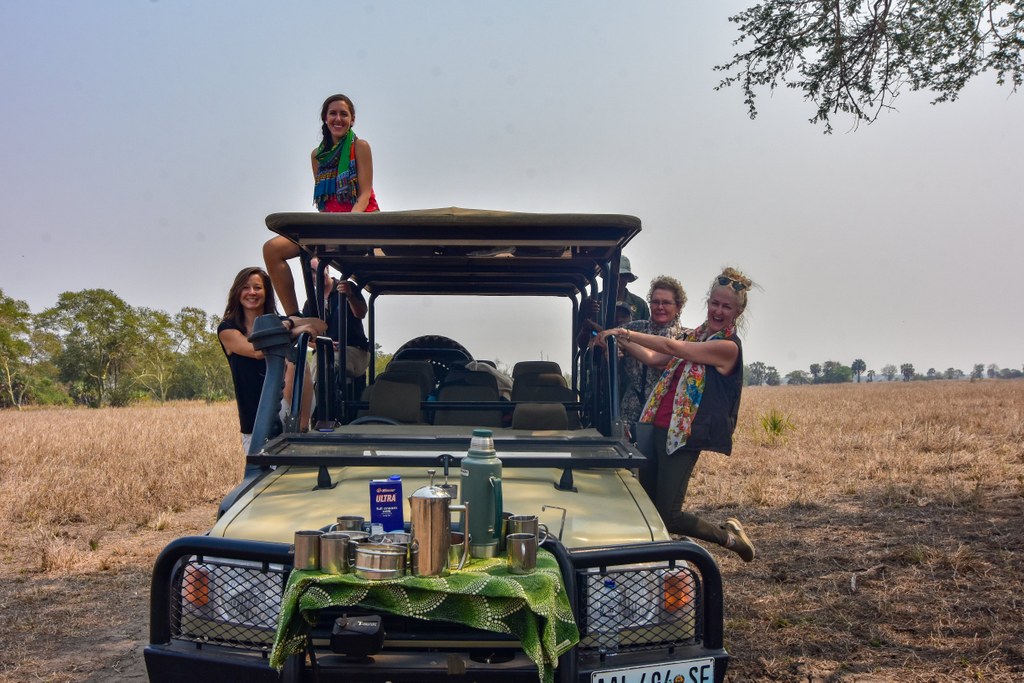
Our team raised R60,000 to fund the collaring of a threatened elephant in Gilé, and also distributed 8,000 educational booklets to local schools to get students excited about wildlife conservation. Along our journey, we were privileged to meet with passionate people fighting to protect wildlife in Mozambique, listen to their stories, and learn how to support their essential work.
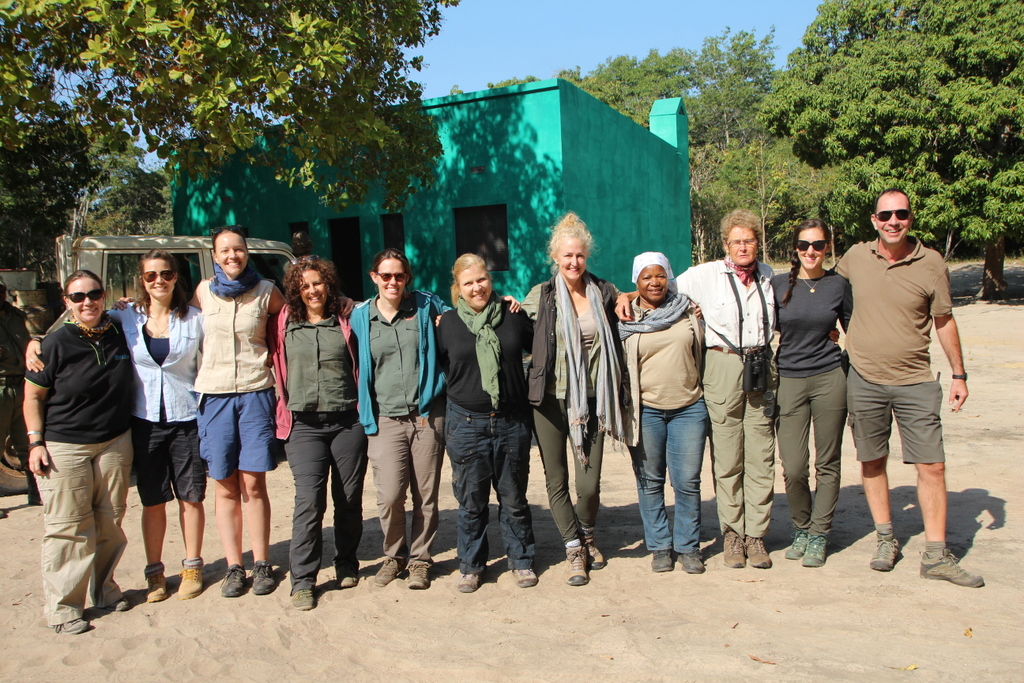
Our expedition began in Gilé National Reserve, where we were invited to go behind the scenes with the elephant collaring team. We joined the fantastic scientists from Elephants Alive, skilled wildlife vets, and an expert helicopter pilot as they battled against challenge after challenge to protect Gilé’s elephants.

Collaring elephants in Gilé is no easy task. Only two roads cross through the thick miombo forest, and the clever elephants living within have learned from decades of civil war and poaching that survival requires hiding from humans.
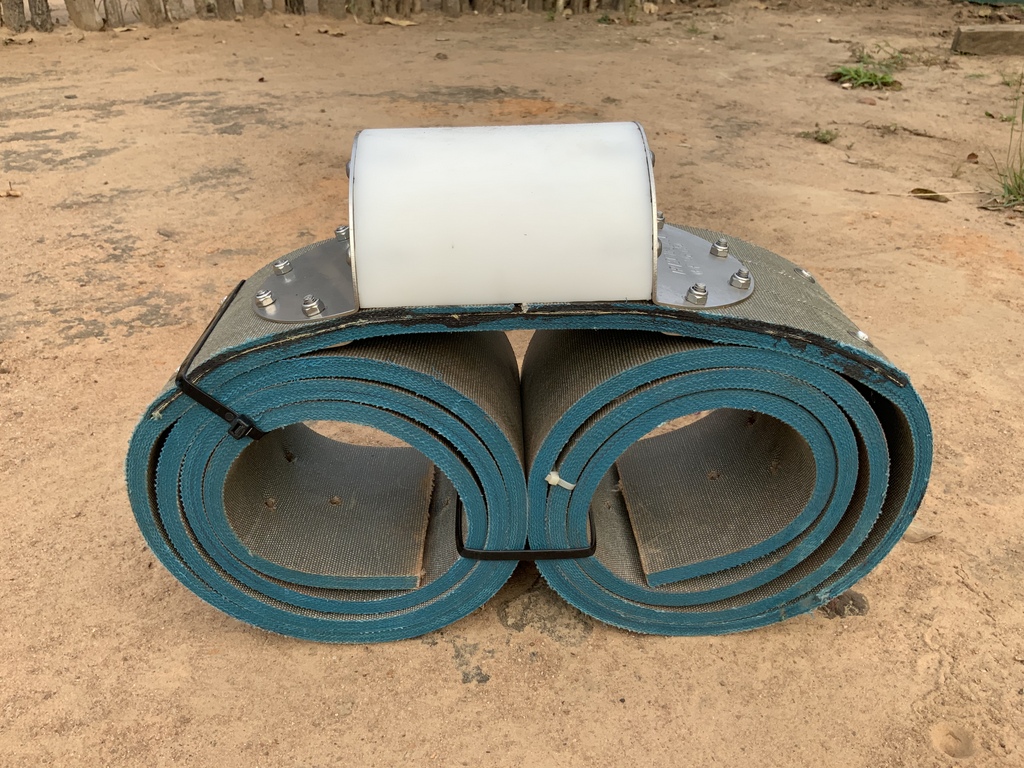
But thanks to the tireless efforts of the team, by the end of the week four elephants were successfully collared – including the cow funded by our donations, who we dubbed ‘Ghost’ in honour of her ability to vanish without a trace whenever we attempted to find the herd.
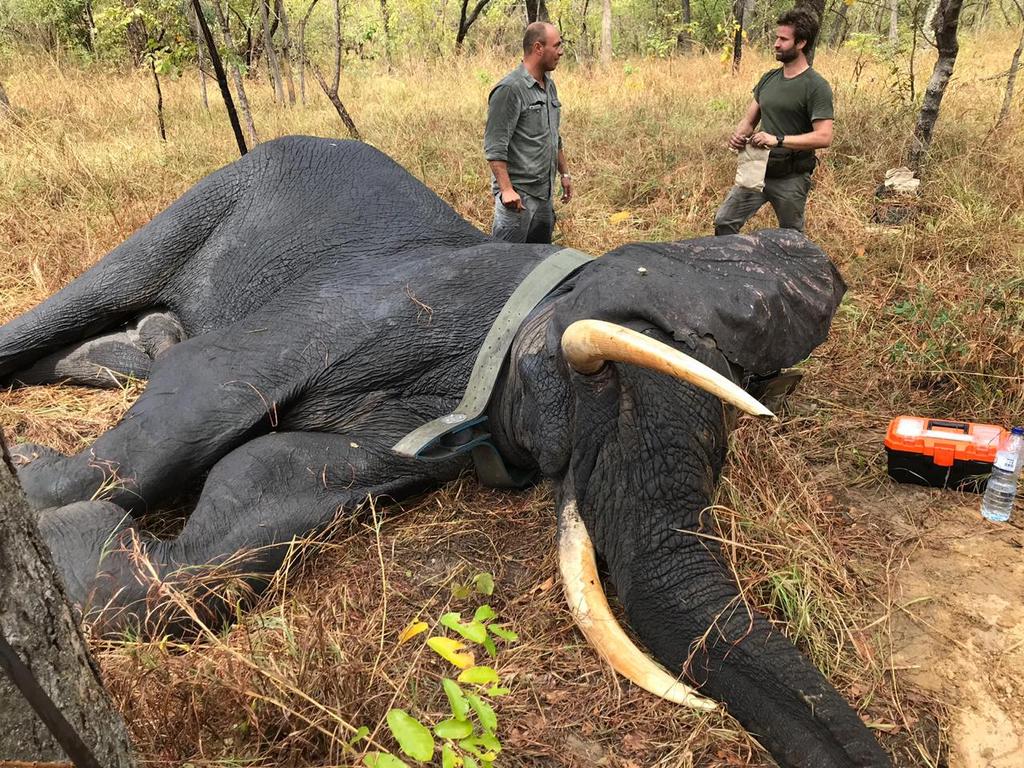
As our team drove away from Gilé, we felt overwhelmed by the long road that the park has ahead of it. But our next stop, Gorongosa National Park, proved to us that success is possible.
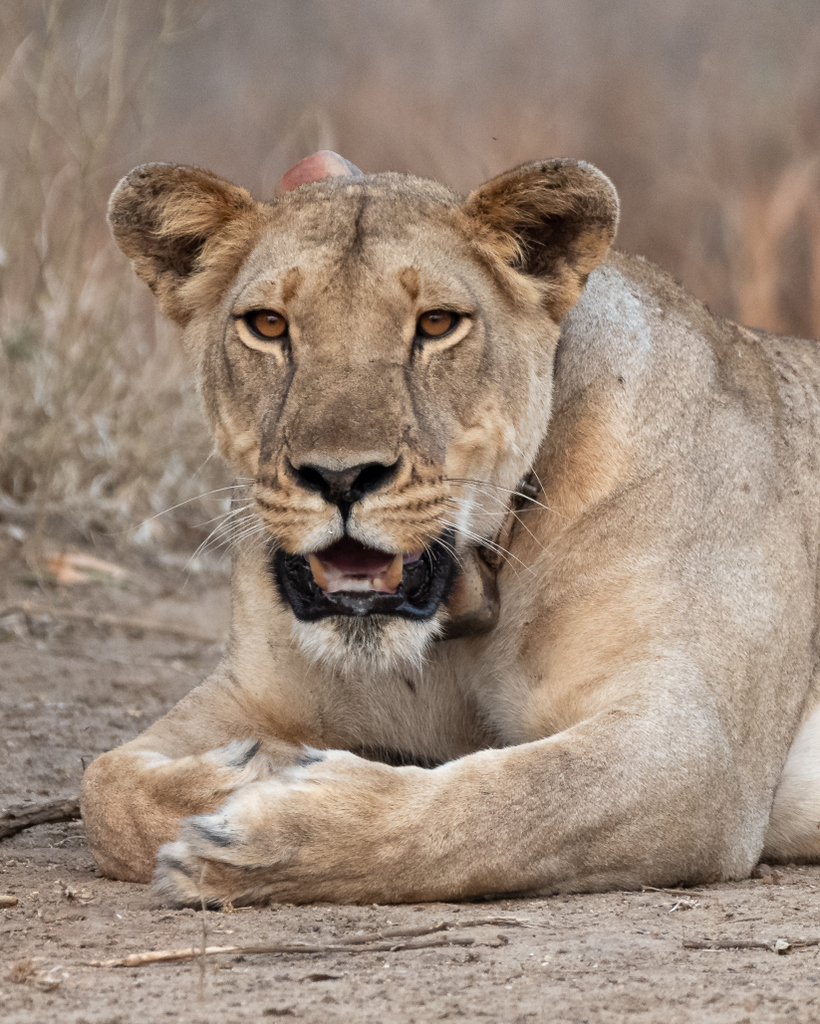
Not long ago, Gorongosa faced the same challenges as Gilé does today. Its wildlife was nearly wiped out by Mozambique’s civil war, and tourists no longer flocked to this once-famous park. But a partnership with the Gregory C. Carr Foundation sparked the ambitious Gorongosa Restoration Project, which envisioned a future in which Gorongosa could be a “human rights park”. The passionate team planned to restore the park to its former glory by improving the lives of the people who live around it.


The project has since opened schools, set up mobile clinics, supported sustainable farming practices, and provided economic opportunities to these communities. The park now employs 617 locals, supports 375 community health workers and 5,000 small farmers, and runs Girls’ Clubs for 2,000 children. We spent hours talking with Vasco Galante, Gorongosa’s Director of Communications, who fervently believes that the best protection for wildlife is to be surrounded by a community that sees tangible benefits from conservation.
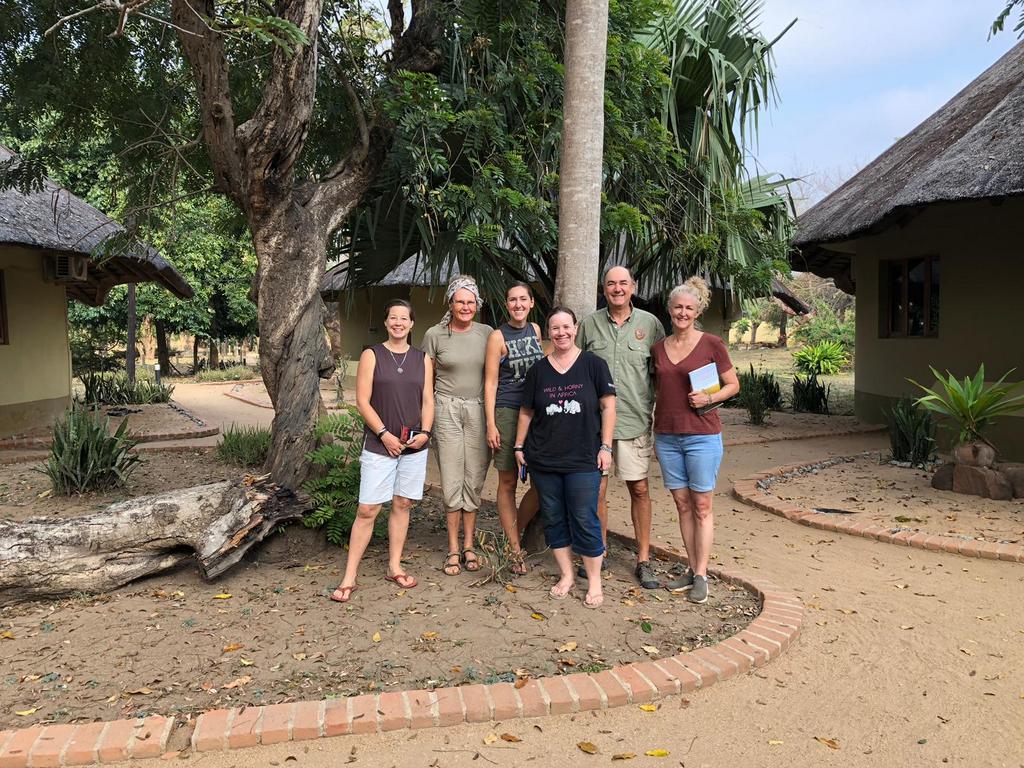
And it appears that Galante is right. Gorongosa is now home to over 650 elephants. Last year 30 new lion cubs were born. Painted wolves (African wild dogs), completely absent after the war, have been successfully reintroduced.
We took three game drives with outstanding local guide Tonga Torcida, which proved to us that Gorongosa is thriving. We watched elephants wander through sunlit forests of yellow fever trees, lions lazing around after a dinner of warthog, and massive herds of waterbuck grazing as the sun set over the plains.
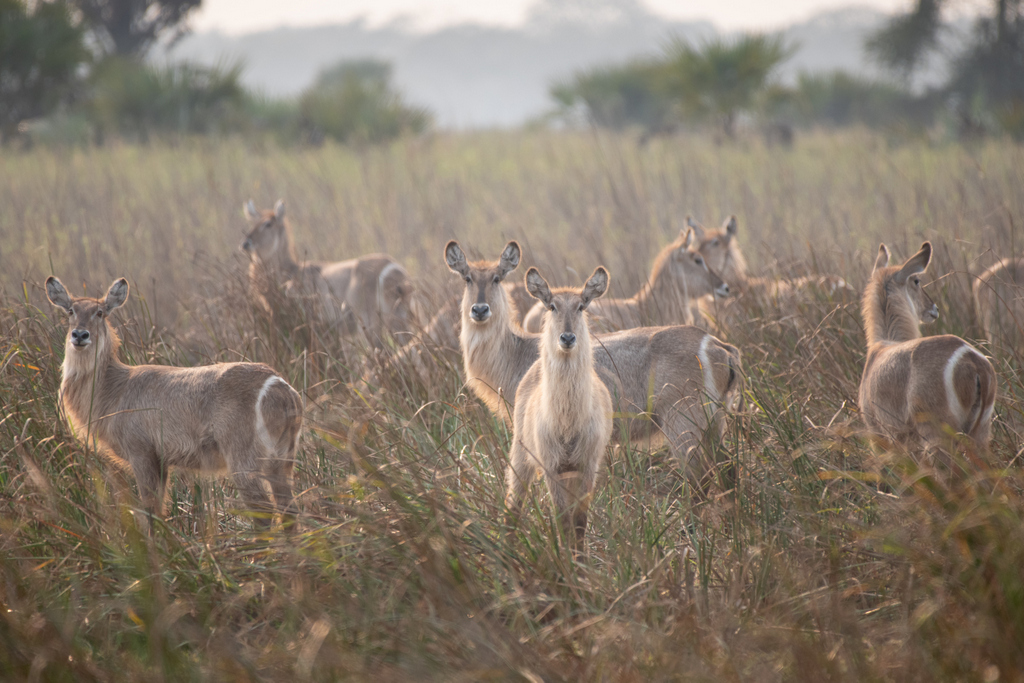
We left Gorongosa and headed for the coast on a high, feeling optimistic about the success this approach to conservation can achieve. We spent our final days in Mozambique visiting another beautiful park hoping to follow in Gorongosa’s footsteps.
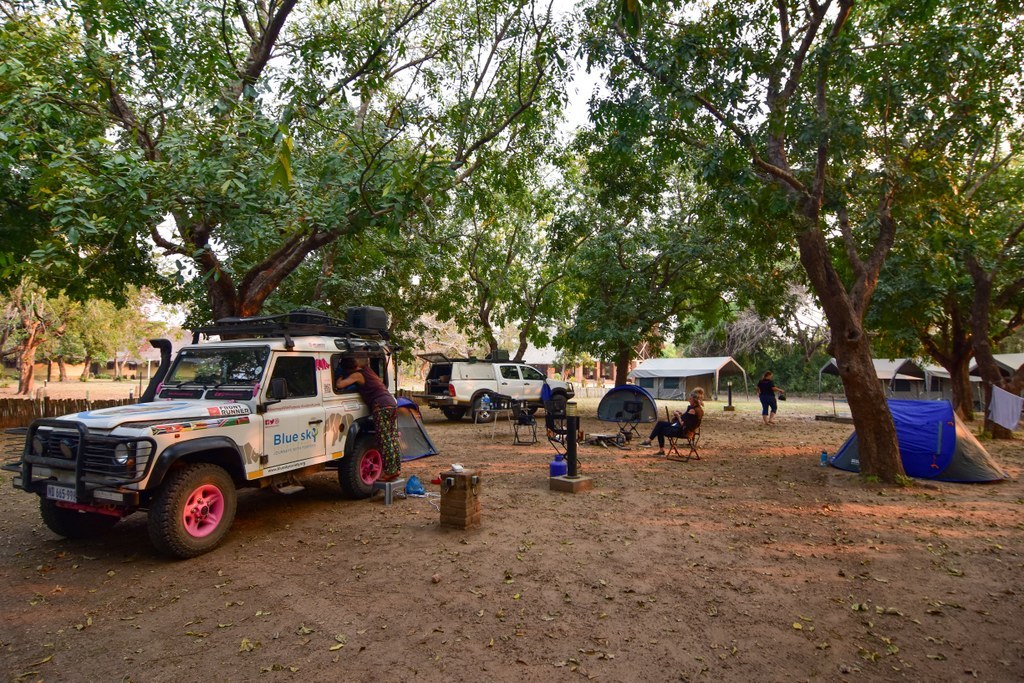
Bazaruto Archipelago National Park, a string of tiny islands off the coast of Vilankulos, is home to a stunning array of marine life. We spied dolphins, flamingos, tropical fish in every colour of the rainbow, and even elusive dugongs during our day exploring the sea. Unfortunately, as in all of Mozambique’s protected areas, Bazaruto’s wildlife is threatened.

The park is in its first year of a partnership with African Parks, which plans to overhaul its management in order to protect this unique ecosystem. We met with Pablo Schapira, another committed conservationist who is in charge of Bazaruto’s operations. He hopes to see the park boundaries expanded, locals (particularly women) hired and trained as expert rangers, and communities living on the islands supported in moving toward sustainability.
 DID YOU KNOW that African Parks offers safari camps (lodges and campsites) where 100% of tourism revenue goes to conservation and local communities? Find out more and book your African Parks safari.
DID YOU KNOW that African Parks offers safari camps (lodges and campsites) where 100% of tourism revenue goes to conservation and local communities? Find out more and book your African Parks safari.
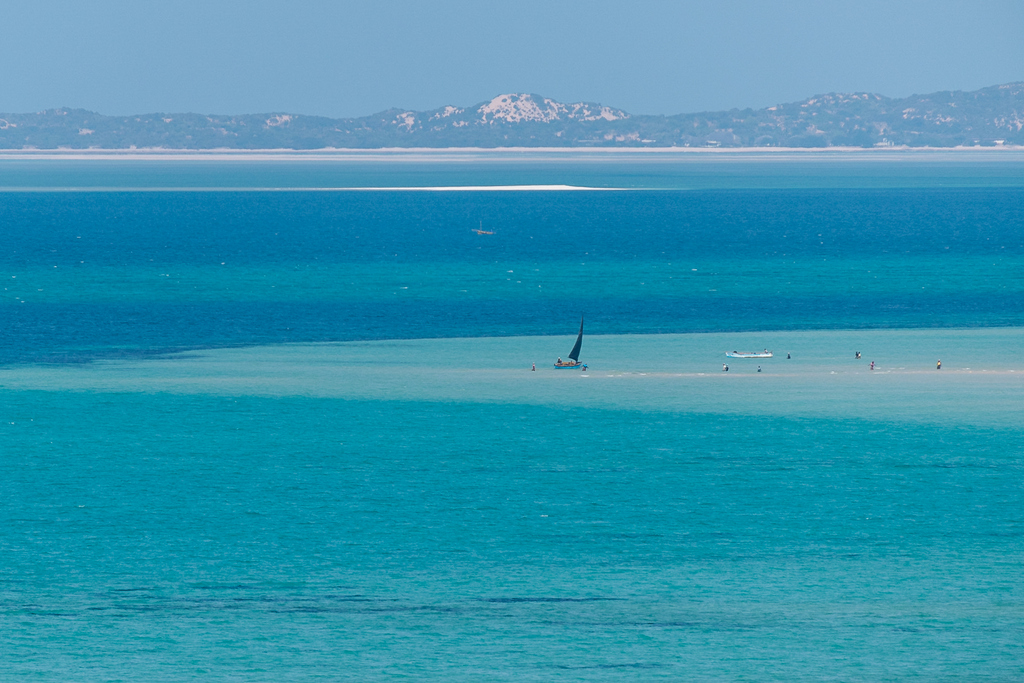
On the last day of our expedition, we visited one of those islands to deliver educational booklets to a tiny, open-air school. Just like at every school Blue Sky Society visits, the students were overjoyed to sing, dance, and create art while learning about the animals they can help to protect.
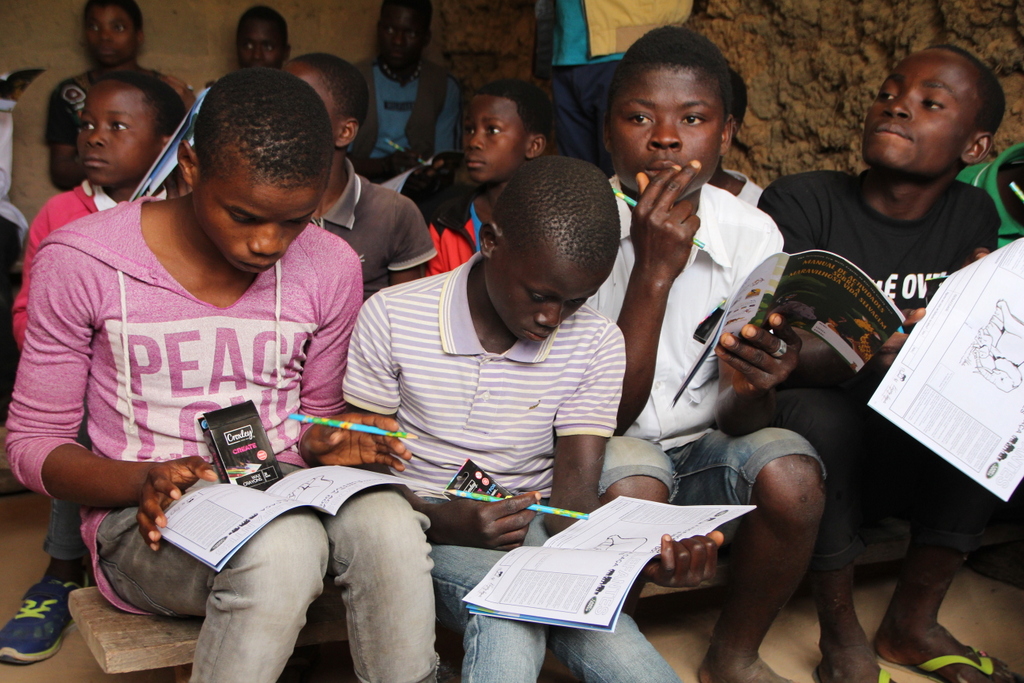
As we said our goodbyes and wrapped up our expedition, we all hoped that these young students will play a part in saving Mozambique’s threatened wildlife.
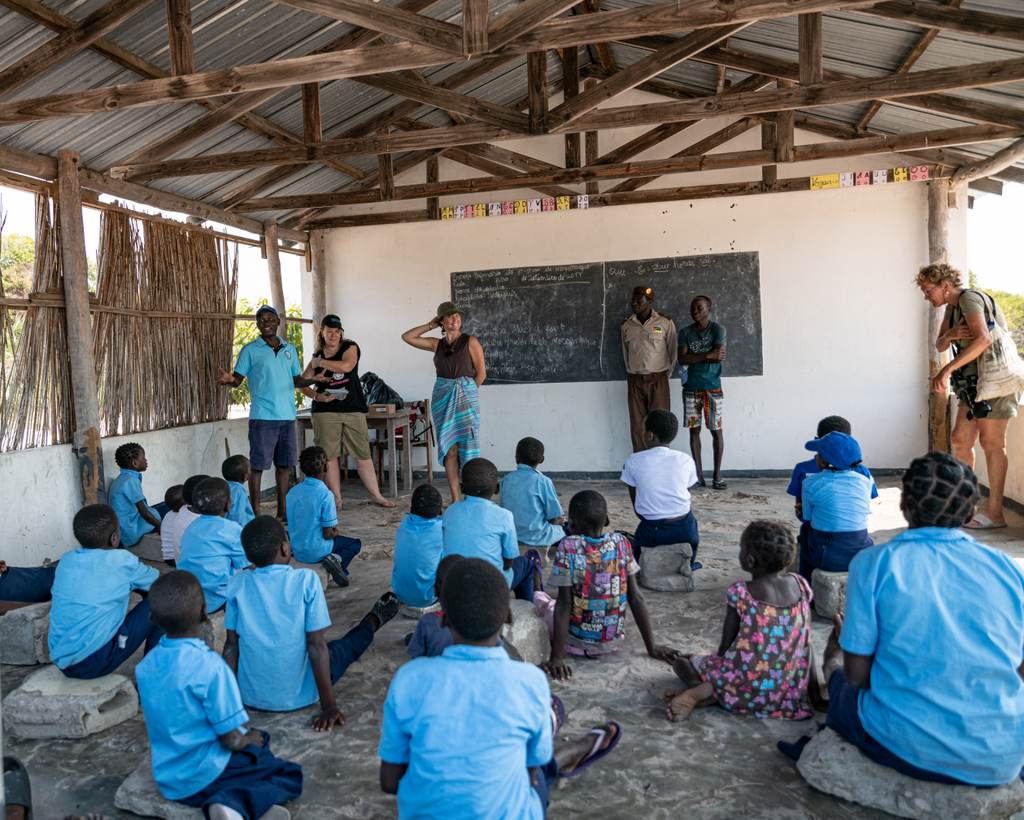
Our journey through Mozambique showed us two options for the future: A vast forest empty of both tourists and wildlife, threatened by anyone hoping to profit off its resources; or a glorious park that has fought itself back from the brink through partnership with the community around it.
As tourists, we have an incredible privilege, and by visiting Africa’s parks and conservation projects we help to ensure that their work will continue. We get to choose which future we want to become a reality.
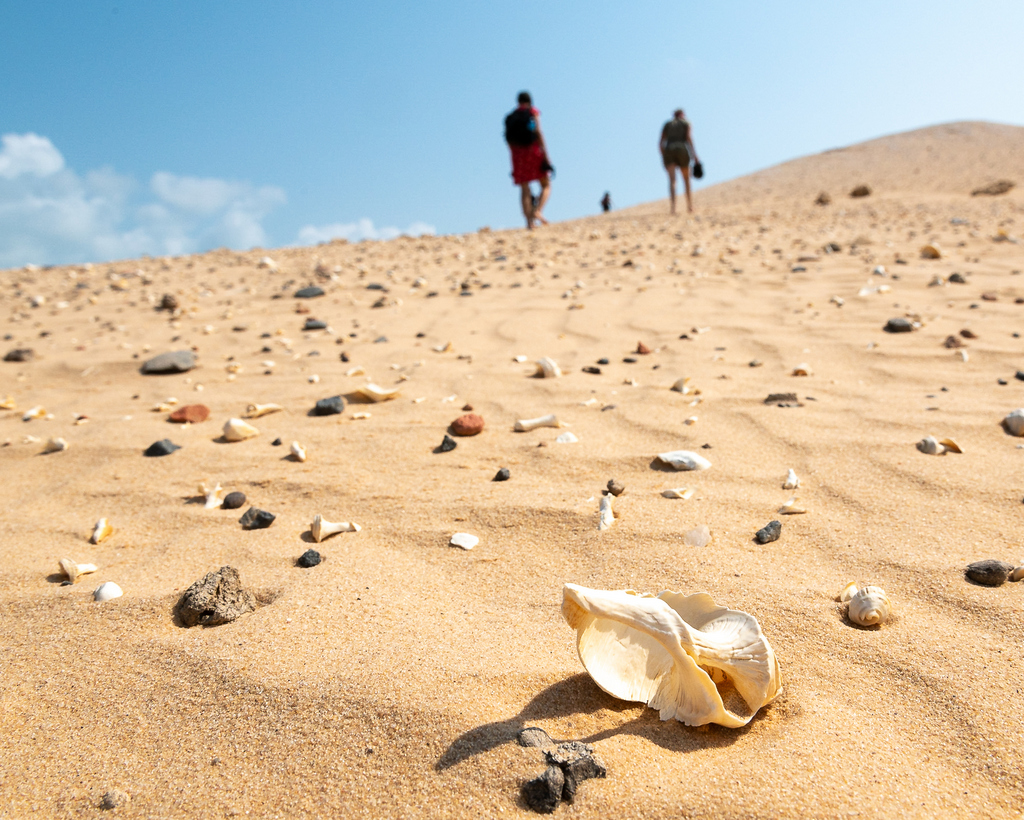
To comment on this story: Login (or sign up) to our app here - it's a troll-free safe place 🙂.![]()






